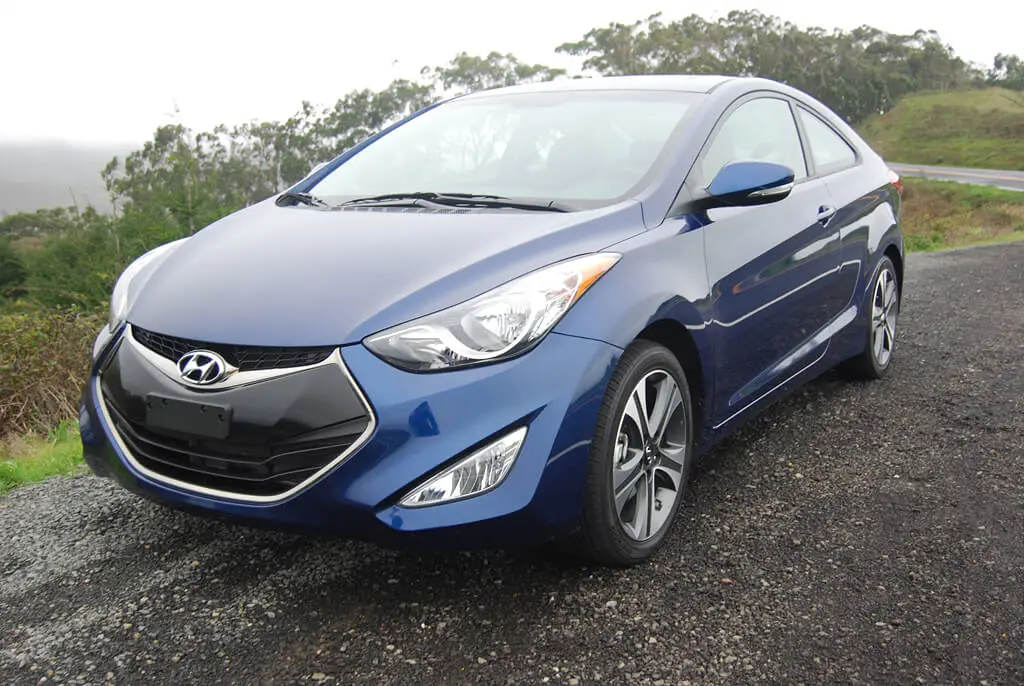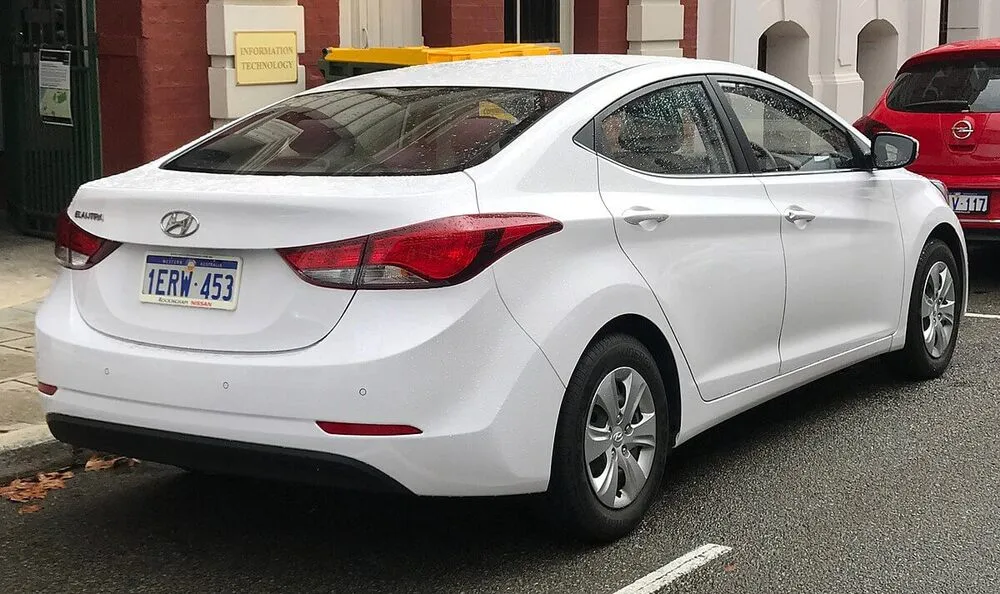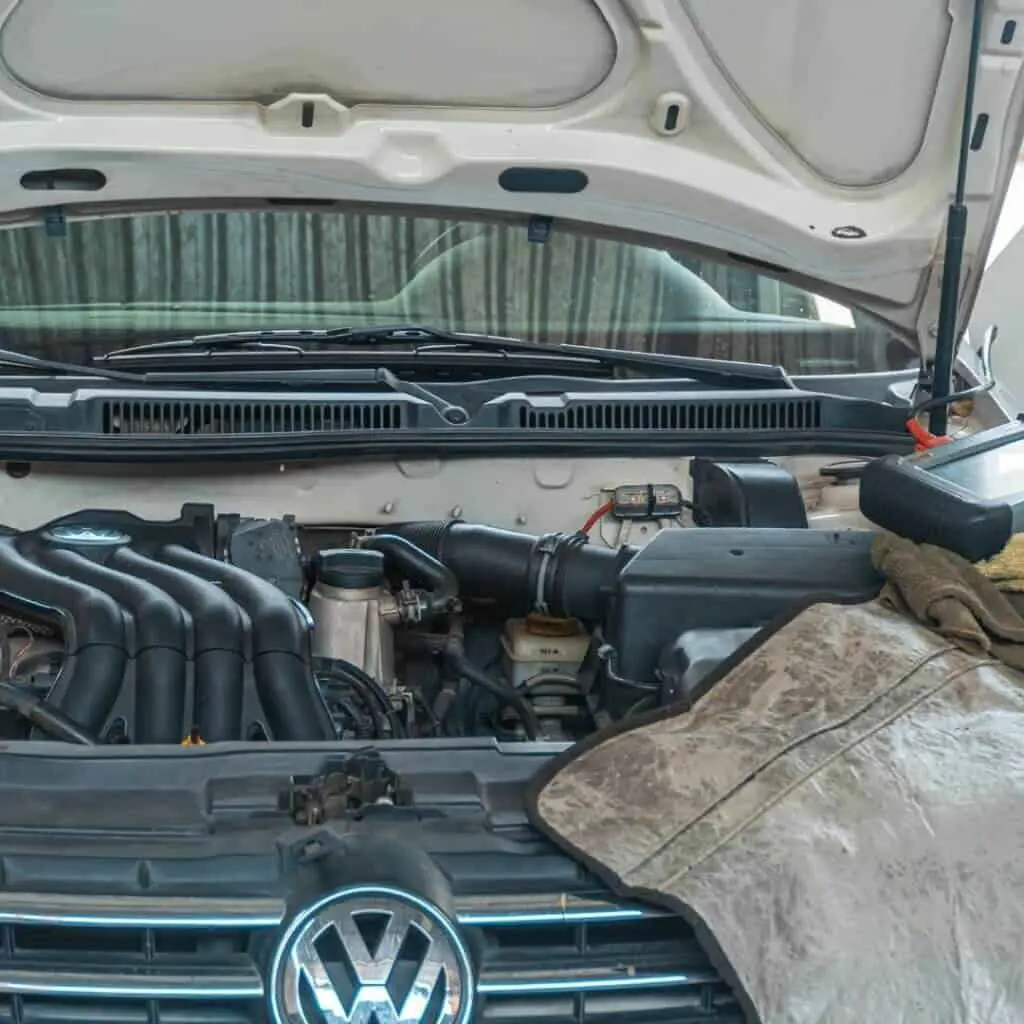As a potential buyer, you should always check the Hyundai Elantra 2013 problems going further with purchasing.
The 2013 Hyundai Elantra, a popular compact car available as a sedan or coupe, brought a combination of style, fuel efficiency, and affordability to the market.
However, like any vehicle, it is not without its share of problems. Owners and potential buyers should be aware of these issues in order to make informed decisions and properly maintain their Elantras.
Among the problems reported for the 2013 Hyundai Elantra, some of the most common complaints have been related to power steering, engine failure, and transmission issues. While maintenance and vigilance can help prevent or mitigate these problems, understanding their impact on performance and reliability is essential when evaluating the overall quality of this vehicle.
Key Takeaways
- 2013 Hyundai Elantra offers style and affordability as a compact car.
- Common problems include power steering, engine failure, and transmission issues.
- Proper maintenance and awareness can help prevent or mitigate these issues.
Hyundai Elantra 2013 Problems

- Engine Problems
The 2013 Hyundai Elantra has been reported to have various engine issues like engine knock, engine failure, and engine compartment fires. Owners have also reported problems with stalling, intermittent starting issues, and a ticking noise. These engine problems might impact the vehicle’s fuel economy and overall lifespan.
- Brake and tire problems
The 2013 Elantra has faced brake problems such as issues with the brake pedal stopper pad and brake light switch plunger. Recalls related to ABS fuses have been noted as well. The car has also experienced premature tire wear, which can lead to increased maintenance costs and reduced gas mileage.
- Electrical system issues
Electrical problems in the 2013 Hyundai Elantra include complications with the infotainment system, backup camera, tail lights, and fog lights. Issues with the oil light and battery have also been reported. These problems can affect the car’s overall reliability and increase repair costs.
- Body and interior concerns
The 2013 Elantra has faced concerns with the body and interior, such as issues with headliner support brackets, soundproofing, and adhesive strips. Owners have reported difficulties with rear wiper blades and side curtain airbag deployment. These issues might not only cause inconvenience but also safety concerns for passengers.
Investigations and Safety Ratings

The National Highway Traffic Safety Administration (NHTSA) has conducted investigations into potential safety concerns related to the 2013 Elantra. Despite these investigations, the Elantra received good safety ratings, with the 2013 model receiving a Top Safety Pick+ award from the Insurance Institute for Highway Safety (IIHS). This indicates that, overall, the car performs well in crash tests and provides a safe driving experience.
Maintenance and Reliability
Regular maintenance and oil changes are essential for the 2013 Elantra’s reliability. Proper care can help prevent issues with the engine, brakes, and tires. Owner reviews indicate mixed feelings regarding the Elantra’s overall reliability, with some reporting a pleasant driving experience, while others encounter multiple issues that require repairs and replacements.
On average, owners can expect to pay $500-800 per year to maintain a 2013 Hyundai Elantra with regular scheduled maintenance. Repairs for worn components beyond normal service intervals would increase these costs.
Concerns for Specific Models
Certain 2013 Hyundai Elantra problems seem to be more serious. There are problems with the axel and piston slap.
Axle Issues:
- Some owners complained of premature failure of the rear axle shaft. The axle would break or crack, usually around 50,000 miles. This seemed to be an issue with early 2013 models.
- A recall was issued in 2014 to address defective rear axle bearings that could fail prematurely. This affected around 180,000 Elantras from model years 2012-2014.
Piston Slap:
- The 1.8L Nu engine used in some 2013 Elantras was prone to piston slap, which is a knocking noise from the pistons at startup or when cold.
- This was due to insufficient piston-to-cylinder wall clearance when cold. It usually went away after normal warm-up and was considered a nuisance rather than a defect.
- Some severe cases led to premature engine wear if left unaddressed. Hyundai addressed it with an improved piston design in later years.
As a compact car, the Elantra provides a balance between fuel economy and utility. However, potential buyers should carefully evaluate owner reviews and consider the vehicle’s safety ratings, reliability, and known issues before moving forward with a purchase.
Related: Hyundai ix35 Problems
Overall Review and Conclusion
The 2013 Hyundai Elantra is a popular choice amongst drivers looking for a reliable and efficient compact car. It stands out in the market due to its impressive fuel economy, making it an attractive option for commuters and eco-conscious individuals.
Many owner reviews mention the Elantra’s comfortable interior and user-friendly infotainment system. Its well-designed cabin offers a smooth driving experience, and the high-quality materials used are often praised by owners, especially compared to similar vehicles in its price range.
In terms of safety, the 2013 Elantra features a range of standard equipment such as traction and stability control, antilock disc brakes, active front head restraints, and front seat side-impact airbags, resulting in commendable safety ratings. This makes the Elantra a suitable choice for drivers who value security and protection.
Read Next: Renault Arkana Problems




